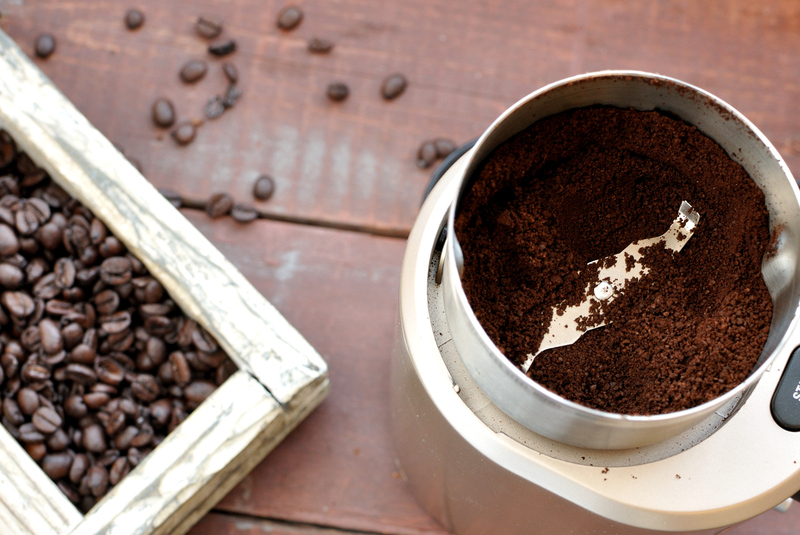Squeaky Clean Surfaces: Mastering the Art of Limescale Removal
Posted on 11/06/2024
Limescale deposits on our surfaces can be a real eyesore, not to mention a headache to clean. Whether it's on our bathroom tiles, kitchen sinks, or even our coffeemakers, limescale buildup is a common problem that can make even the shiniest surfaces look dull and dirty. But fear not, with the right techniques and tools, you can easily conquer limescale and restore your surfaces to their former glory. In this article, we'll dive into the art of limescale removal and share some tips on how to achieve squeaky clean surfaces.
What is Limescale?
Before we delve into how to remove limescale, it's important to understand what it actually is. Limescale, also known as calcium carbonate, is a white, chalky mineral deposit that forms when hard water evaporates and leaves behind minerals like calcium and magnesium. It often appears in areas with hard water, which affects around 85% of homes in the United States (1). Limescale buildup can not only make surfaces look unsightly but can also clog pipes and reduce the efficiency of appliances.

Now that we know what causes limescale, let's explore some effective methods for removing it from different surfaces.
Bathroom Tiles
One of the most common places to find limescale buildup is on bathroom tiles. The constant exposure to water makes them particularly susceptible to this pesky mineral deposit. To remove limescale from tiles, you'll need white vinegar, baking soda, a scrub brush or sponge, and some warm water.
Start by mixing equal parts vinegar and warm water in a spray bottle. Spray the solution onto the affected area and let it sit for at least 10 minutes. Then sprinkle baking soda over the same area and use a wet scrub brush or sponge to work it into a paste. Rinse with warm water and dry with a cloth. You should notice a significant improvement in the appearance of your tiles.
Kitchen Sinks
Limescale can also make an appearance in our kitchen sinks, especially if we have hard water. To remove it, you'll need some lemon juice, baking soda, and a scrub brush or sponge.
Sprinkle baking soda over the affected area and then squeeze fresh lemon juice on top. The citric acid in the lemon juice will help break down the limescale. Let it sit for 10-15 minutes before using a scrub brush or sponge to gently scrub away the buildup. Rinse with warm water and dry with a cloth for a sparkling clean sink.
Coffee Makers
If you're an avid coffee drinker, you may notice limescale buildup in your coffee maker's reservoir and interior parts. This can affect the taste and quality of your brew and even shorten the lifespan of your machine. To remove limescale from your coffee maker, you'll need white vinegar and water.
Fill the reservoir with equal parts water and vinegar and run a cycle without any coffee grounds. Afterward, rinse thoroughly with fresh water and run another cycle with just water to get rid of any lingering vinegar smell. Your coffee maker will be back to making delicious, limescale-free coffee in no time.
Pros & Cons of Limescale Removal Methods
While these methods are effective in removing limescale, they may not be suitable for all surfaces. For instance, using vinegar on natural stone surfaces like marble or granite can cause damage over time (2). In such cases, it's best to consult a professional cleaning service.
Another disadvantage is that these methods may require some time and effort, especially if the limescale buildup is severe. However, regular maintenance can prevent heavy buildup and make future cleaning easier.

Takeaways & Tips
- Prevention is key: Regularly cleaning surfaces with simple household products like vinegar or lemon juice can prevent limescale buildup.
- Use caution on delicate surfaces: Be careful when using acidic substances like vinegar or lemon juice on delicate surfaces as they can cause damage.
- Invest in a water softener: If you have hard water, consider investing in a water softener to reduce the amount of limescale buildup in your home.
- Clean coffee maker regularly: To prevent limescale buildup in your coffee maker, run a cycle with equal parts water and vinegar once every few months.
- Do not mix cleaning products: Avoid mixing cleaning products as this can produce harmful fumes.
Conclusion
Limescale may be a common problem, but it's not one that can't be tackled. With the right techniques and tips, you can keep your surfaces squeaky clean and free from mineral deposits. Remember to stay vigilant with regular maintenance and seek professional help for delicate or severe cases. Now that you have mastered the art of limescale removal, enjoy sparkling clean surfaces throughout your home.






